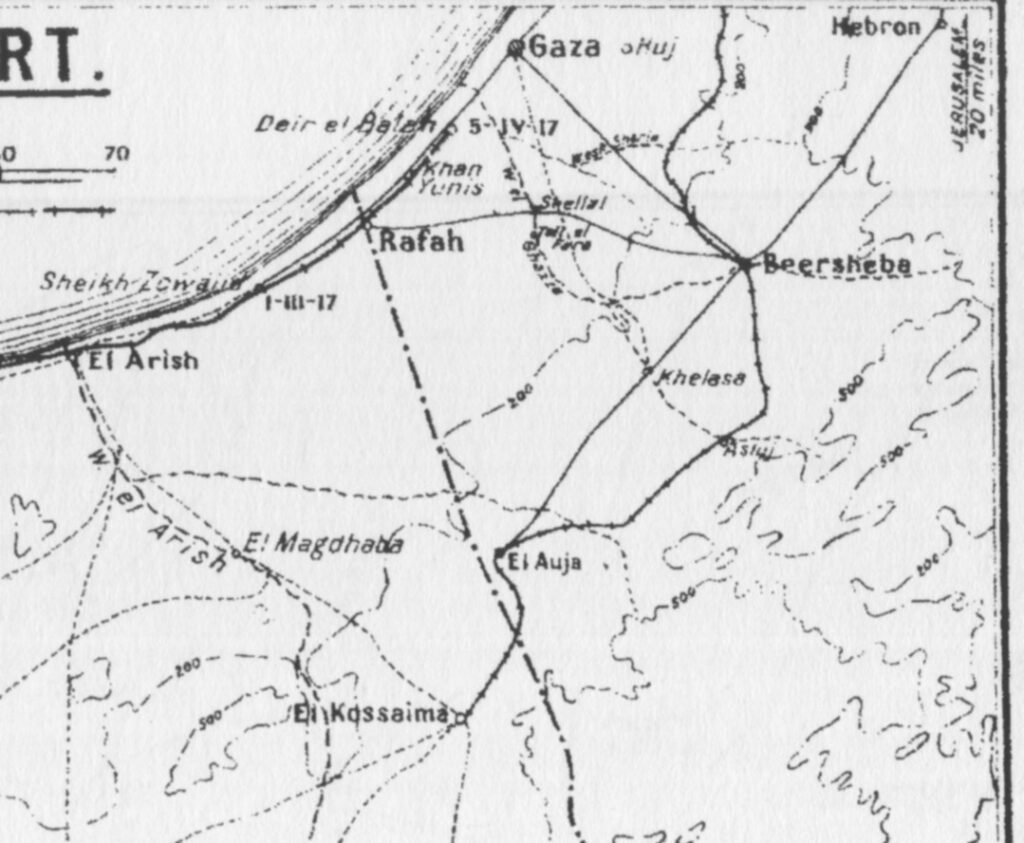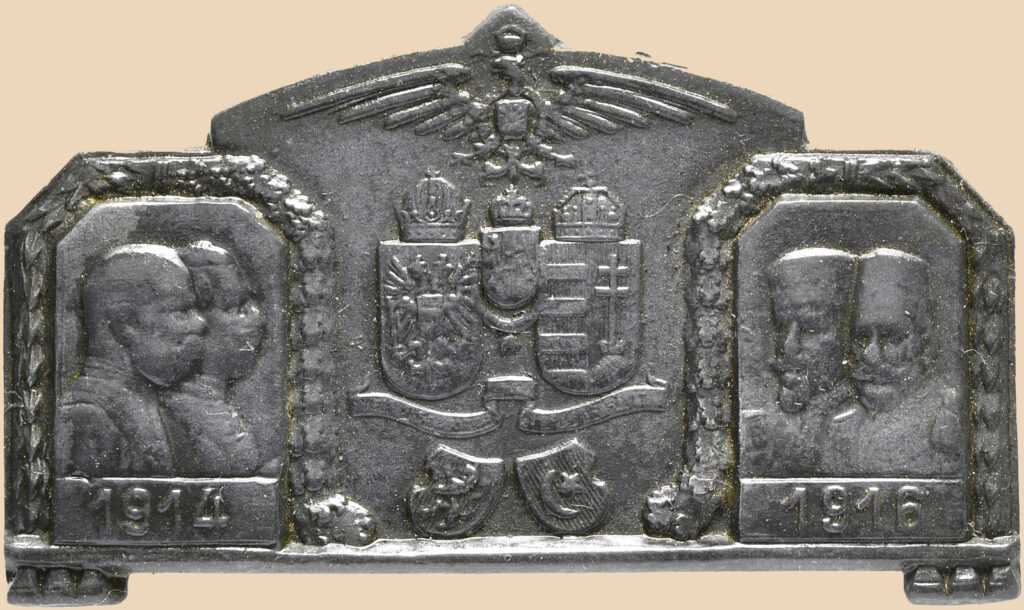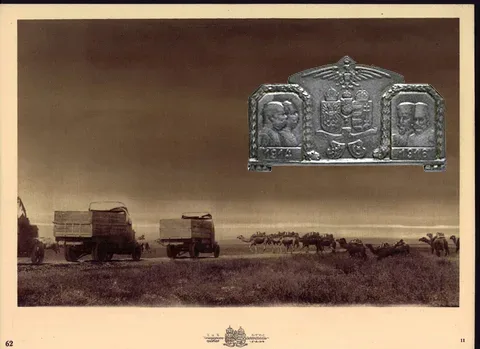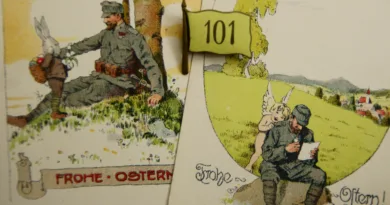December 1916
In February 1915, Turkey launched an unsuccessful attack on the British-controlled Suez Canal. The attack was repeated in July 1916. An Austro-Hungarian artillery unit, the von Marno Artillery Division, also took part in this attack. After that, the British ANZAC troops gradually pushed back the Turkish forces in the Sinai Peninsula. The Austro-Hungarian artillery successfully covered the retreat of the Turkish infantry.
By the end of 1916, the main line of defense had moved to the border region between Egypt and Palestine. British reinforcements arrived and the railway crossing the Sinai Peninsula was built. The British also installed a pipeline for sweet water supply in the area. These preparations also enabled larger-scale attacks in the direction of Palestine. On the other side, the main point of resistance were the settlements of El Arish and Hafir el Auja, which were connected by railway to southern Palestine, Beer Sheba and Gaza.
The attack took place between December 20-24, 1916, which entered the chronicles as the Battle of Magdhaba. On December 22, the British occupied Arish, the Turks retreated in a southeasterly direction to the fortified base of Magdha. The supply lines built in the meantime made it possible for the heavily outnumbered British offensive forces to reach the new foothold relatively quickly, after 1-2 days of marching. The unequal fight ended quickly, on the 24th, 1,300 Turkish soldiers laid down their arms. Approximately 200 Turkish soldiers fled east from here. After occupying the central part of the Sinai Peninsula, the road was opened in the north-eastern direction towards Beer Sheba and Gaza, the British right wing was already secured. The attached map shows the location of the mentioned localities and reference points.

In connection with the Sinai advance in December 1916, the activities and Kappenabzeichen of the Austro-Hungarian contingent in Palestine can of course be mentioned. The map also shows that the Turks also built a railway line in this region. Austro-Hungarian engineers took part in its construction. The previously mentioned von Marno battery was stationed in the northern, coastal part of the front at that time, and did not take part in this battle. The Turkish artillery assigned here, on the other hand, was equipped with Austro-Hungarian mountain guns. It is also worth mentioning that an Austro-Hungarian truck convoy played a significant role in the logistics tasks of the front. Their main task was to arrange transport between Anatolia and Palestine, through the Taurus Mountains. There was no built railway line here.

For this post I am uploading a nice little grey metal badge symbolizing the Turkish Alliance. The coat of arms of the Monarchy is seen in the middle, and the portraits of the rulers of the four allied powers are on the two sides.




